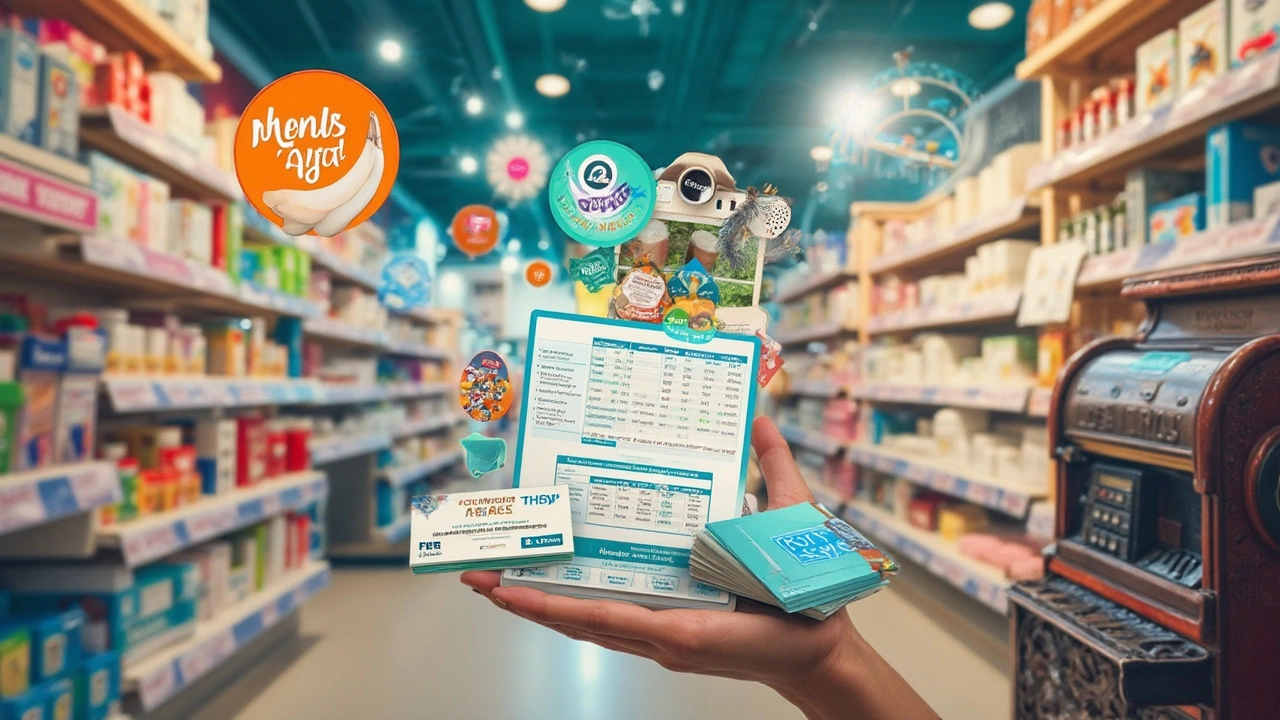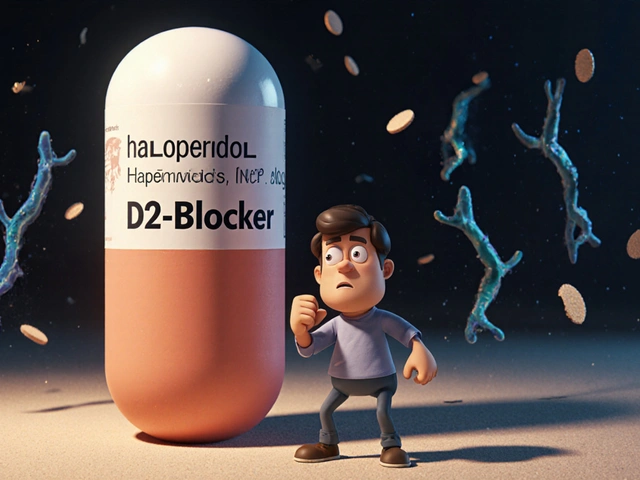Prescription savings: practical tips to lower your medication bills
Are your prescription costs climbing? You don’t have to accept high prices as a fact of life. This page gives clear, usable steps you can try right now to bring down what you pay for meds without risking your health or safety.
Smart ways to save on prescriptions
Always ask your doctor if a generic version exists. Generics contain the same active ingredient and often cost a fraction of brand-name drugs. If your prescriber seems unsure, say you’d like a lower-cost option and ask them to write the generic name on the prescription.
Compare prices at different pharmacies. Local chains, independent shops, and online pharmacies can have big price gaps for the same drug. Use price-comparison tools or call pharmacies directly. Don’t forget to check mail-order options for a 90-day supply—those often cut the unit cost.
Look for manufacturer coupons and savings cards. Many drug makers offer discounts, especially for newer or expensive meds. Search the drug’s official website or ask your pharmacist if a coupon exists. Some third-party discount cards and apps also lower out-of-pocket costs at participating pharmacies.
Check your insurance formulary before you buy. Formularies list covered drugs and tiers, with different copays. If a preferred drug is excluded, ask your doctor for a formulary-approved alternative or request a prior authorization if the expensive drug is medically necessary.
Ask about dosage changes and pill-splitting when safe. For some medications, a higher-dose tablet split into two can be cheaper than two lower-dose tablets. Confirm with your prescriber or pharmacist that splitting is appropriate and safe for that medicine.
Fast checklist before you refill
1) Compare prices at at least three pharmacies, including online options. 2) Ask for the generic name on the prescription. 3) Search for manufacturer coupons or patient assistance programs. 4) Check if a 90-day mail-order supply reduces the price. 5) Confirm with your insurer whether the drug is on the formulary and if prior authorization is needed.
Consider patient assistance programs for low-income patients. Many manufacturers and nonprofit groups offer free or low-cost medications for people who qualify. The application can take time, but it can dramatically reduce or eliminate costs for some drugs.
Be careful buying meds online. Use well-known, licensed pharmacies and verify they require a prescription for prescription-only drugs. If a site sells prescription meds without a prescription or offers suspiciously low prices, walk away—unsafe products can be both overpriced and dangerous.
Finally, keep a running list of your medications and their costs. When a prescription changes or your doctor suggests a new drug, you’ll be ready to compare options quickly. Small steps—asking questions, checking generics, and using coupons—add up and can cut your annual drug bill significantly.
If you want, use our site’s posts tagged “prescription savings” to find specific guides, pharmacy reviews, and up-to-date tips on discounts and safety when shopping online.

Exploring the Best GoodRx Alternatives: A Guide to Finding Prescription Savings
As healthcare costs rise, many are on the hunt for ways to save on prescription medications. While GoodRx is a well-known option, it's not the only one. This article delves into ten alternatives, comparing their pros and cons, to help you find effective ways to lower medication costs. From digital apps to pharmacy loyalty programs, readers will discover diverse avenues to save money.
Categories
- Medications (50)
- Health and Medicine (47)
- Health and Wellness (34)
- Online Pharmacy Guides (15)
- Nutrition and Supplements (7)
- Parenting and Family (3)
- Environment and Conservation (2)
- healthcare (2)
- prescription savings (1)



